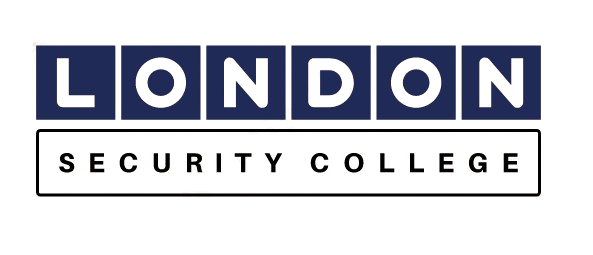Recognising Vulnerable People in Different Situations
1. Vulnerable individuals (age, disability, intoxication, etc.)
Certain individuals require extra attention from security officers due to their increased risk of harm. Being able to identify and respond to vulnerable people appropriately is essential for ensuring their safety.
Categories of Vulnerable Individuals
1. Young People (Under 18)
- More susceptible to exploitation, abduction, or harm.
- May be separated from guardians or involved in unsafe situations.
- Signs to look for: Appearing lost, intoxicated, receiving unwanted attention, or being followed.
2. Elderly Individuals
- More prone to physical harm (falling, confusion, or illness).
- May struggle with memory loss or communication.
- Could be vulnerable to theft, fraud, or physical assault.
3. Individuals Under the Influence of Alcohol or Drugs
- Poor decision-making & coordination increases the risk of injury or exploitation.
- Aggressive behaviour may lead to conflicts or safety concerns.
- May need assistance getting home or seeking medical attention.
4. Individuals with Disabilities
- Physical Disabilities – May require assistance moving safely through crowded or hazardous areas.
- Mental Health Conditions – Anxiety, depression, PTSD, or confusion may impact their ability to seek help.
- Learning Disabilities – Difficulty understanding risks or communicating distress.
- Invisible Disabilities – Neurological or sensory impairments that are not visibly apparent but still impact a person’s safety.
How Security Officers Can Help
- Stay vigilant – Recognise signs of distress or vulnerability.
- Provide assistance – Contact a trusted person, arrange safe transportation, or seek medical help if needed.
- Follow safeguarding protocols – Report any concerns to a supervisor, emergency services, or local support organisations.
- Ensure a safe environment – Prevent harassment, exploitation, or harm by taking appropriate action.
By understanding different types of vulnerable individuals and their specific needs, security officers can effectively enhance public safety and provide critical support to those at risk.
2. People who are alone or receiving unwanted attention
People who are alone or being targeted by unwanted attention may be at risk of harm, requiring security officers to intervene appropriately.
Recognizing Vulnerability in Individuals Who Are Alone:
- Separated from friends and looking disoriented or distressed.
- Struggling to find transportation or a safe way home.
- Appearing confused, intoxicated, or vulnerable to exploitation.
Signs That Someone Is Receiving Unwanted Attention:
- Appearing nervous, uncomfortable, or attempting to avoid interaction.
- Being followed, harassed, or persistently approached by strangers.
- Attempting to leave the area but being blocked or restricted by another person.
Security Officers’ Response to Protect Vulnerable Individuals:
- Assess the Situation – Determine if the individual is at risk and needs help.
- Offer Assistance – If appropriate, ask if they need help finding a safe exit, contacting a friend, or arranging transport.
- Monitor for Escalation – If harassment continues, intervene and escort the vulnerable person to safety.
- Contact Authorities – If the person is in immediate danger, notify supervisors, emergency services, or police.
- Document the Incident – Record details in the security log for future reference.
By ensuring swift action and professional intervention, security officers play a crucial

